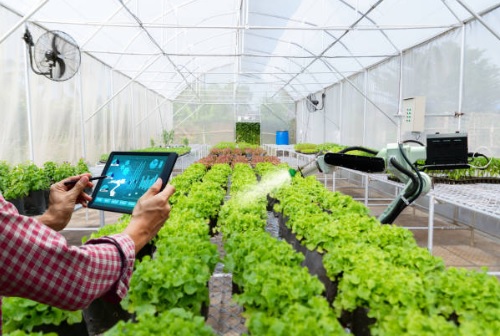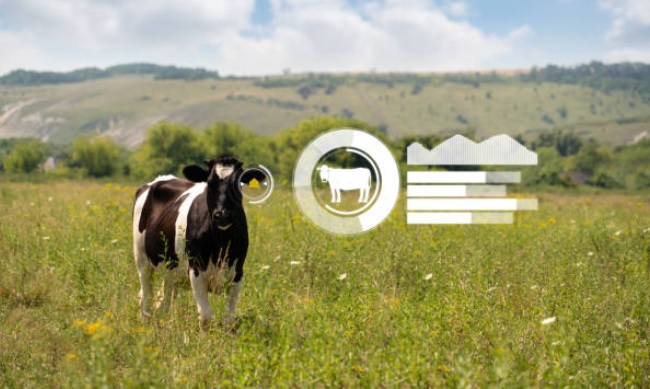With global population to reach 9.6 billion by 2050, there is constant pressure on the agriculture sector to meet the populations’ needs in the face of increasingly adverse environmental conditions.
To alleviate these concerns, the agriculture industry must turn to cutting-edge technologies with smart farming solutions.
Connected farms will enable the industry to enhance operational productivity, reduce expenses, lessen waste, and increase their yield quality in contrast to traditional farming methods.
Farmers and other stakeholders in the food chain can observe processes from anywhere and make better decisions stemming from rich data and insights.
Are you considering smart farming solutions? Sign up to benefit from our exclusive case studies, e-books and more.
Crop management
Without siting restrictions, crop management devices can be placed anywhere around the field to enable constant monitoring and analysing of crop conditions.
Sensors placed around the field can collect data specific to the crops farmed. This can include temperature, precipitation, soil moisture, leaf water potential (checks if crops are sufficiently hydrated), and more. Thus, you can monitor your overall crop health and growth for any anomalies.
This prevents abiotic and biotic diseases, or infestations that can harm your yield, avoiding significant crop loss that typically amounts to 20 to 40 percent of the overall global agricultural productivity.

Monitoring climate and greenhouse conditions
Currently the most utilized smart agriculture gadgets are on-site weather stations where sensors can collect ambient environmental data such as temperature and humidity to map climate conditions.
In turn, farmers can choose the appropriate crops for specific locations across the land which in turn improves crop capacity. They can also install adjusters in greenhouse environments to match optimal parameters to maximize yields.
Combining these insights with predictive models also allow them to model alternative climate scenarios that can potentially affect crops.
Consequentially, it enables governments design and provide incentives that encourage more sustainable farming methods.

Cattle monitoring and management
Similar to crop monitoring, sensors can also be attached to livestock to provide round-the-clock monitoring of their activities.
Livestock tracking and monitoring help collect data on physical location and overall health and nutrition insights on each individual cow as well as the herd.
For example, farmers can quickly identify sick animals through abnormal health indicators. They can then separate them from the herd to avoid spread and contamination.
More high-tech farms are also combining sensors with drones, allowing for real-time cattle tracking while reducing staffing expenses.

Predictive analytics for precision farming
All the above fall under the umbrella of precision agricultural practices. This is one of the fastest growing applications of IoT in agriculture.
In sum, IoT sensors allow farmers to collect a vast array of metrics on every facet of the ecosystem (e.g., lighting, temperature, soil condition, humidity, CO2 levels, herd health and pest infections).
IoT and smart sensor technology vital for highly relevant real-time data.
Cutting-edge data analytics enables farmers and stakeholders make better decisions, reduce expenses and raise better and healthier crops. In sum, data analytics, AI and ML tools can help make farming more manageable, and predictable.
Conclusion
The adoption and implementation of IoT in smart farming demonstrates clear benefits, but still requires careful planning with trusted solution providers.
For more information surrounding cellular IoT connectivity and solutions, try out our IoT SIMs today.
Set yourself apart from other IoT providers with your deployment by scheduling a one-on-one meeting with us. Together with our partners, we have a relentless commitment to meeting your agricultural needs.












